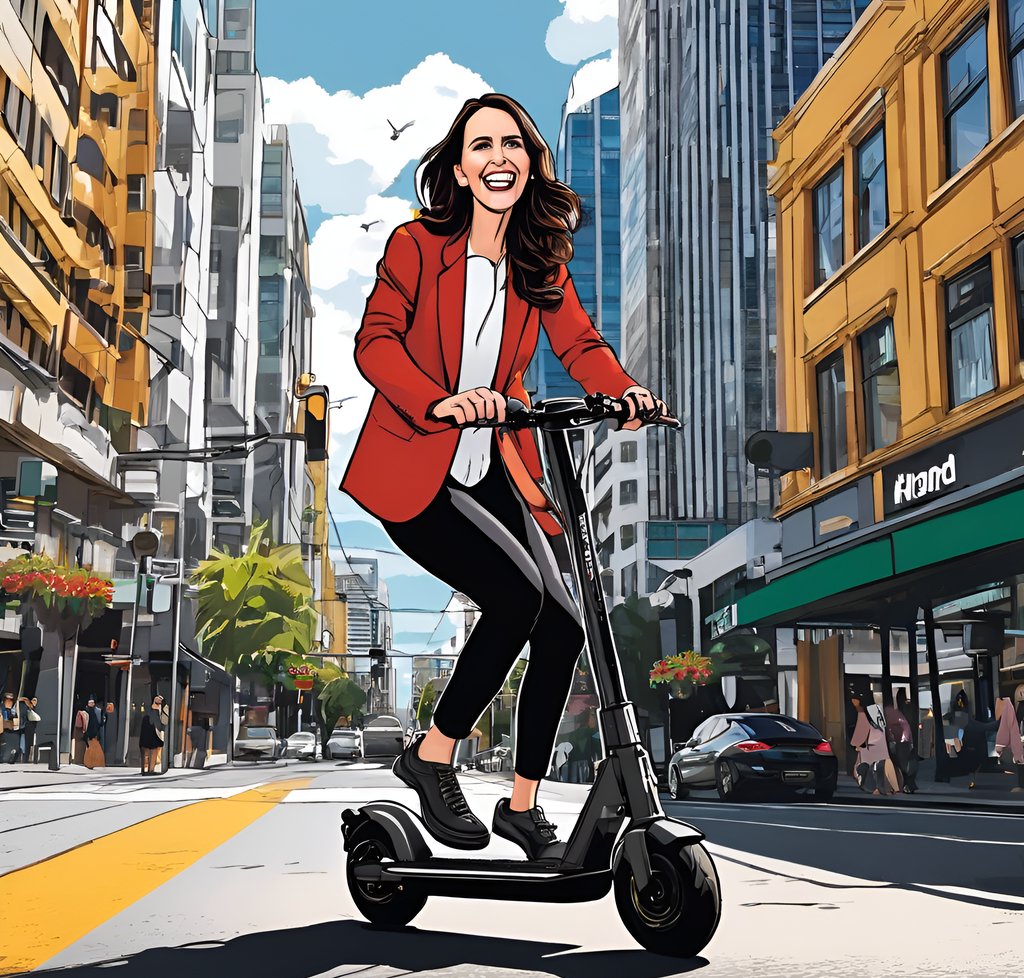Navigating the Grey Area: The Regulatory Challenge of High-Powered E-scooters in NZ
The presence of high-powered e-scooters in New Zealand is creating a regulatory challenge for authorities. These e-scooters, which can reach speeds up to 100km/hr, are exceeding the legal limit and operating without registration or a license. The current regulations focus on wattage, but there is a call for rules based on speed instead. Public safety is a major concern, with riders and pedestrians facing new risks. There is a need for clear and enforceable regulations to ensure the safe use of high-powered e-scooters.
12/28/20232 min read


Navigating the Grey Area: The Regulatory Challenge of High-Powered E-scooters in NZ
Introduction to the E-scooter Phenomenon
The rise of electric scooters has revolutionized urban mobility, providing an eco-friendly and efficient alternative for short commutes. However, the presence of high-powered e-scooters in New Zealand has introduced new challenges for authorities trying to balance innovation with public safety. These scooters, capable of speeds nearly three times the legal limit, are silently zipping past regulation.
Quoting Key Points from the RNZ Article
The recent RNZ article sheds light on a growing problem: illegal high-powered e-scooters are going unmonitored on New Zealand's roads and footpaths. The Transport Agency Waka Kotahi states that e-scooters exceeding 300 watts fall outside the "low-powered vehicles" category and require registration and a license—a rule that seems to be widely disregarded. E-scooters in the country are hitting top speeds of up to 100km/hr, outpacing the legal limit and enforcement. Andrew Altmann, managing director of e-scooter retailer Storm Rides, points out the absurdity of the situation and calls for regulations based on speed rather than wattage, which is challenging to police.
The Dilemma of E-scooter Wattage Regulations
The current legal limit set by the New Zealand authorities pegs e-scooters at a 300-watt maximum to avoid the need for registration and licensing. Those exceeding this limit, including models with motors over six times as powerful, are technically not street-legal. Yet, these high-capacity e-scooters are becoming increasingly popular for their ability to match the pace of urban traffic. The grey area emerges from a lack of enforceable guidelines: although overpowered, these e-scooters operate in plain sight without significant repercussions, leading to calls for updated road rules that reflect the evolving landscape of personal transportation.
Public Perception and Safety Concerns
The safety implications of high-powered e-scooters are a major public concern. With speeds that can match or exceed those of conventional vehicles, riders find themselves vulnerable in traffic, and pedestrians face new risks on footpaths. The ambiguity in regulations results in a precarious environment for all. Commuter Chris Totton's own experience of nearly being cut off by a car on his 2400-watt e-scooter underlines the potential danger. Meanwhile, pedestrian safety advocates like Chris Teo-Sherrell voice their worries about these high-speed devices zipping through streets and sidewalks, largely unmonitored by the authorities.
Conclusion: A Call for Regulatory Clarity
This situation calls for immediate attention and action from New Zealand's regulatory bodies. As high-powered e-scooters continue to navigate through a loophole in the law, there is an urgent need to establish clear, feasible, and enforceable regulations. Aligning with Waka Kotahi's e-scooter safety review and the European Transport Council's recommendations may be a start. To safeguard both riders and pedestrians, setting practical speed limits and proper classification for high-wattage e-scooters could pave the way for safer, more regulated use of this innovative mode of transport.
